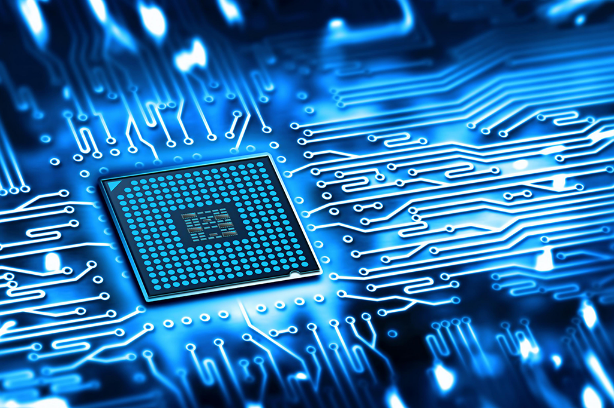Description

Disclaimer: Copyright infringement not intended.
Context
- The Union Government has disbursed around ₹1,645 crore in performance-linked incentives (PLI) for electronics manufacturers so far.
- India’s push for semiconductors, or integrated circuits, is far more pressing now, as these chips are found in practically every modern electrical appliance and personal electronics devices.
For understanding Background, Must Read Article on Semiconductors: https://www.iasgyan.in/daily-current-affairs/semiconductor
Why is the government encouraging semiconductor manufacturing?
- Semiconductor fabrication units, or fabs, turn raw elements such as silicon into integrated circuits that are fit to be a part of practically all electronic hardware in the world.
- Fabs are highly capital-intensive undertakings, costing billions of dollars for large facilities.
- Semiconductor fabs of today may still be building circuits, but they require highly reliable and high-quality supply of water, electricity, and insulation from the elements, reflecting the high degree of precision, cost and capital needed to make the sophisticated circuits.
- China pulled ahead of Taiwan last year, in terms of share of global sales from fabs, according to a report by the Semiconductor Industry Association (SIA).
- It’s not just India that is wary of this dominance. The U.S. passed the CHIPS Act last August, providing upwards of $280 billion in subsidies and investments to manufacturers opening fabs and making semiconductors in the U.S. This has been combined with restrictions and sanctions on the Chinese semiconductor industry.
.jpeg)
Are fabs opening in India?
- The government’s Invest India agency estimates that electronics manufacturing as a whole will be worth $300 billion by the financial year 2025–26.
- While facilities for assembling finished products have been growing in number steadily, fabs for making chipsets and displays, which are crucial parts of the manufacturing process for many electronics, are rarer.
- Minister of Electronics and Information Technology Ashwini Vaishnaw said that the first semiconductor manufacturing fab would be announced in the coming weeks.
- India should lean on its strength in the electronics manufacturing value chain.
What other advantage does India have?
- A large part of semiconductor manufacturing involves design and intellectual labour. India has an advantage here, as a large portion of semiconductor design engineers globally are either Indian or Indian-origin; chipmaking firms such as Intel and NVIDIA have large facilities in India that are already flush with Indian talent working on design problems.
- This is an advantage that China is losing control over in the face of sanctions and an ageing population.
Will India’s semiconductor ambition be limited?
- The opening of display and semiconductor fabs is one of the strategic and economic goals of India’s electronics manufacturing incentive programmes.
- Breaking new ground on ambitious plans connected to popular brands such as Apple is something that the Union government and States are equally eager to accomplish.
- Overall, the government appears to be developing the parts of the ecosystem that have promise for sustainable growth and fiscal feasibility.

Closing Remarks
- If like-minded nations each specialise in different aspects of the semiconductor and electronics manufacturing process, and work together on assembly and distribution; it solves the geopolitical problem of Chinese dominance without simply monopolising power with a different country.
- No country should “delude” themselves into thinking that they will be the “king of the hill”.
|
MAINS PRACTICE QUESTION
Q. If like-minded nations each specialise in different aspects of the semiconductor and electronics manufacturing process, and work together on assembly and distribution; it solves the geopolitical problem of Chinese dominance without simply monopolising power with a different country. What are the prospects for India in this context?
|





![]()





